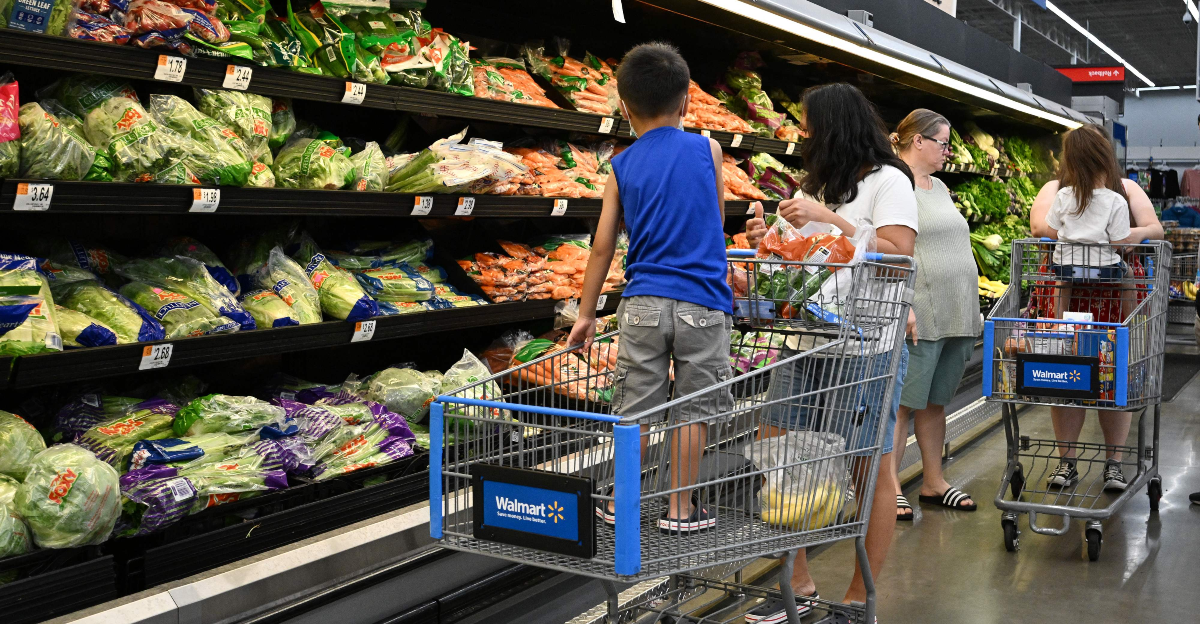
Walmart, America’s largest supermarket chain, has issued a stark warning about the alarming rise in food prices that is reshaping the shopping experience for millions of households.
As inflation, tariffs and supply chain disruptions converge, Walmart’s leadership has made it known that keeping the price of groceries down is a priority — but one that is becoming more challenging.
The company’s recent statements underscore the pressure consumers face at the checkout and also Walmart’s continuing attempts to offset what it has described as mounting cost pressures, even as the broader grocery landscape becomes increasingly complex and competitive.
The Race for Survival
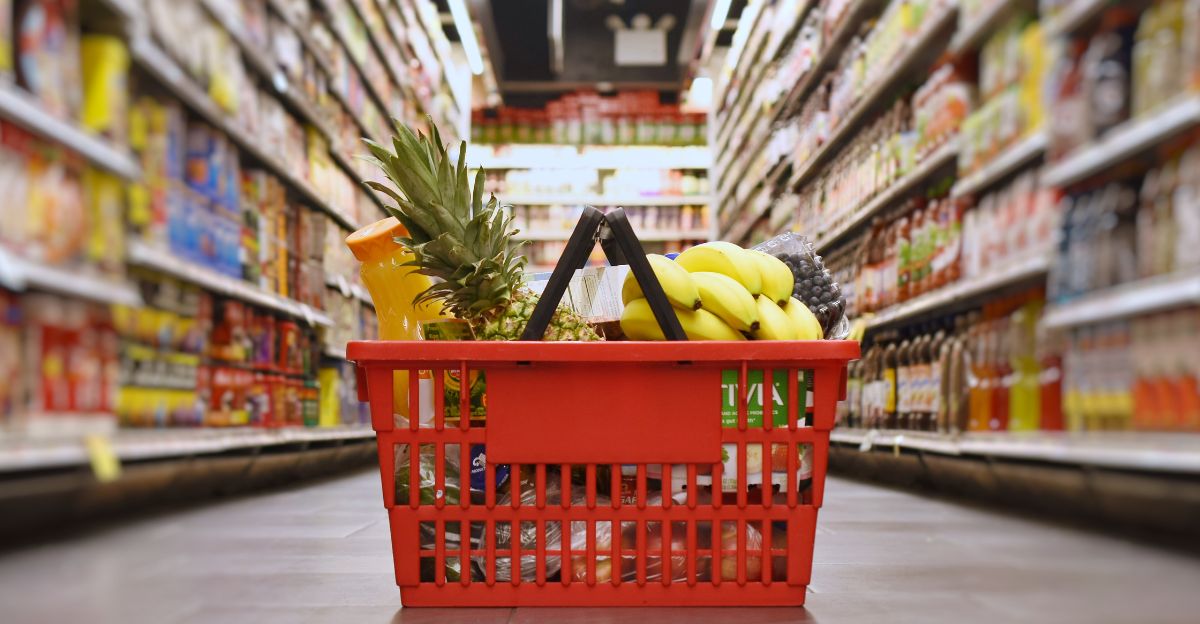
Supermarkets are no longer just competing for customers; they’re fighting for survival. With profit margins as low as one to three percent, every sale counts. Stores now rely on innovative strategies, such as expansion of product lines and digital enhancements, to attract and keep shoppers in the stores.
Popular staples like bread, milk, and chicken are often sold as loss leaders to draw people in, while higher-margin items help offset those losses.
The pressure is intensified by price-conscious consumers who are quick to switch stores if they find better deals elsewhere. This fierce competition has turned the grocery sector into a battleground where only the most adaptable can thrive.
Shelves Overflow with New Options
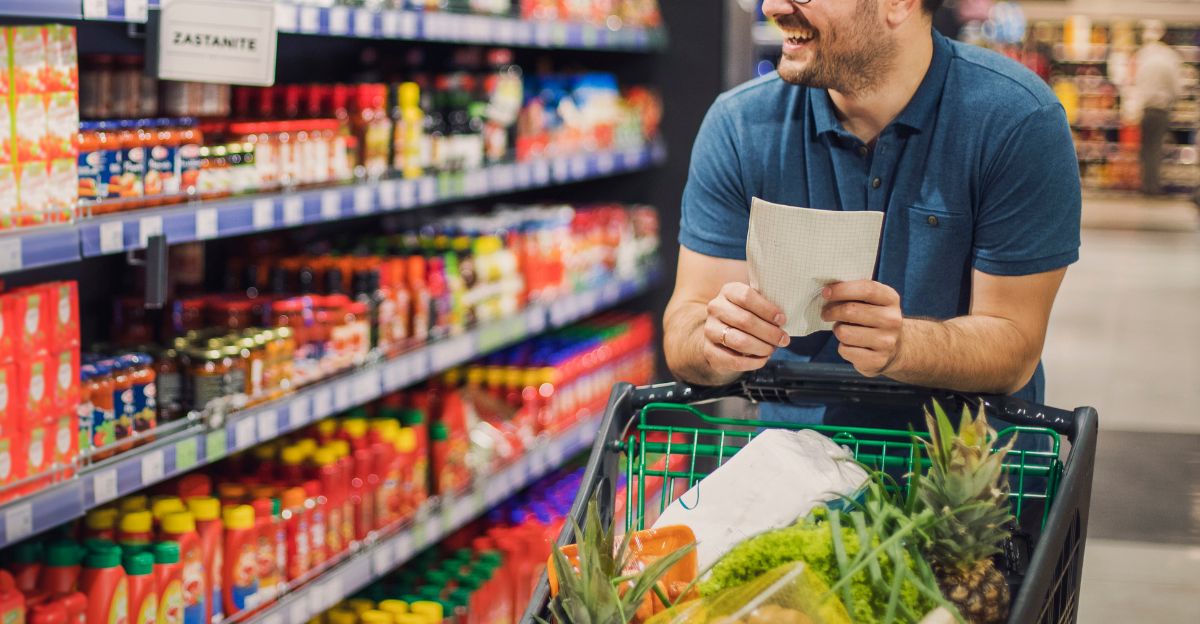
Once inside, shoppers are greeted by an explosion of new products for every conceivable type of diet or eating trend. A selection of plant-based meats, functional beverages, and products without gluten, sugar, or artificial ingredients now fill the aisles, catering to health-conscious and specialty shoppers.
The proliferation is partly due to consumer demand but also a move to set themselves apart from the competition. However, the selection can feel dizzying, and shoppers may find it challenging to make quick choices.
Supermarkets are betting that offering more choices will keep customers loyal, even as it adds complexity to the shopping experience.
The Pricing Race to The Bottom

With margins this tight, supermarkets find themselves in a never-ending race to offer the lowest prices. Loss leaders like bread and milk are designed to draw shoppers in, but retailers make their money from other, less price-sensitive items.
Shoppers have become more price-sensitive, and they haven’t been loyal to brick-and-mortar stores, pushing retailers to constantly reset their plans.
And competition has intensified with the growth of discount chains and online competitors, putting further pressure on traditional grocers’ ability to stay profitable. The result is a market where every penny counts, and stores must innovate to stay ahead.
The Parking Lot Revolution

Today’s grocery-store parking lot mirrors the industry’s rapid transformation. Designated spots for curbside pickup, online shoppers, and delivery drivers have multiplied, a sign of how much more important digital convenience has become.
Those shifts not only involve customer service but also strategic investments to lock up sales before shoppers even step inside. For many, the mere act of pulling into a parking space has become frustrating.
The change is emblematic of how supermarkets prioritize efficiency and tech-savvy solutions to keep up with a swiftly transforming marketplace.
Walmart’s Bold Move to Lower Prices
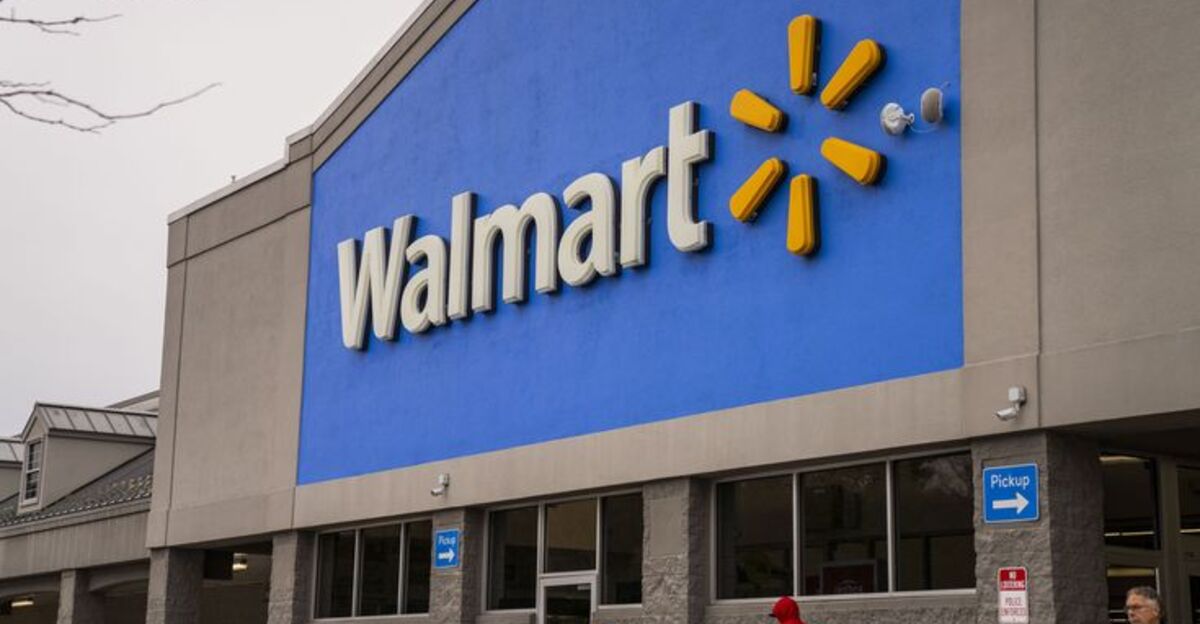
As the largest supermarket in the U.S., Walmart has taken a leading role in addressing food affordability. In 2024, it said it would slash prices on many staples to pre-inflation levels to relieve price pressure for shoppers and reinforce customer loyalty.
Because of its size and vast reach, Walmart is better positioned than most companies to use its weight to negotiate with suppliers and absorb some of the rising costs.
However, the company is also facing challenges from tariffs on imports and changes in supply chain costs. Walmart claims that even with these obstacles, it will continue its efforts to drive food prices down for its customers.
Import and Tariff Puzzle
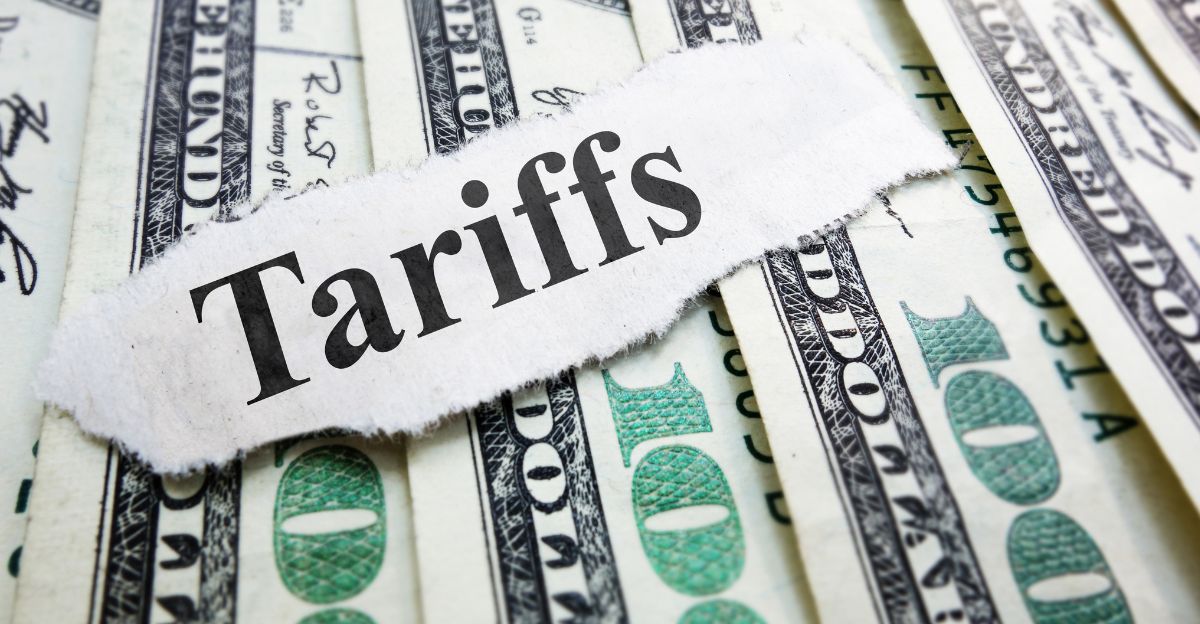
Tariffs have emerged as a major wildcard in the grocery industry’s fight against inflation. New duties on imports from countries like Japan, South Korea, Vietnam, and China, implemented under recent trade policies, have targeted a wide array of goods.
For Walmart and other retailers, the tariffs on countries including Costa Rica, Peru, and Colombia are particularly acute, raising the price of imported staples like bananas, avocados, coffee beans, and even roses.
These added expenses complicate efforts to keep prices low, forcing retailers to find creative solutions and sometimes pass costs on to shoppers.
The Ripple Effect on Everyday Shoppers
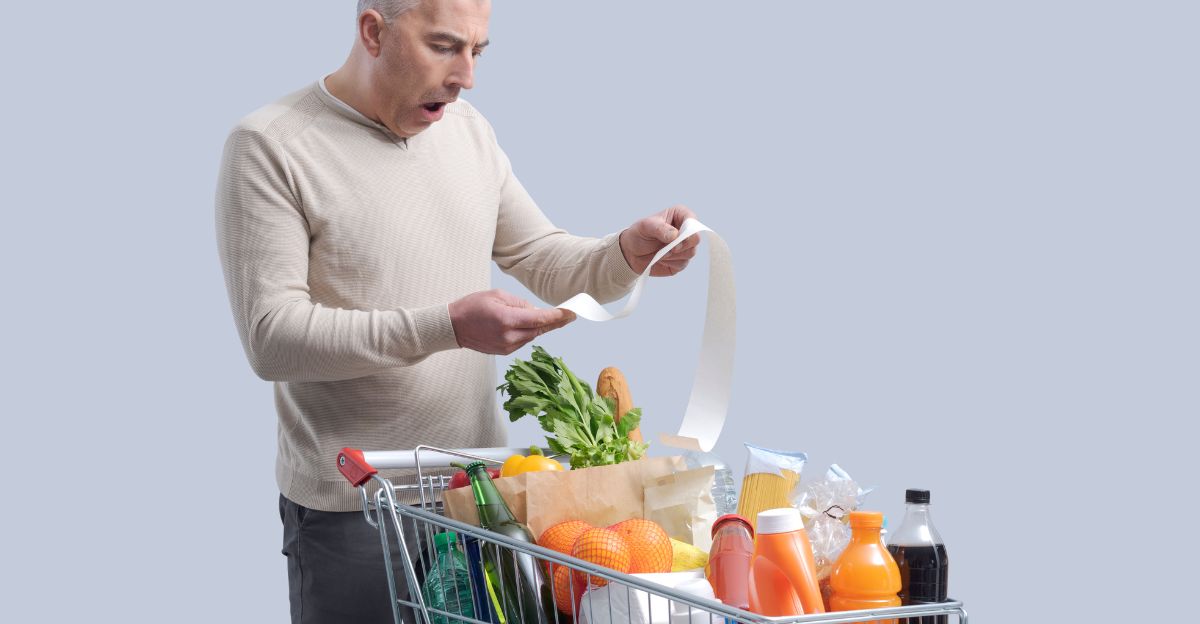
Everyday shoppers bear the brunt of these compounding changes. Rising prices, complex shopping experiences, and an overwhelming array of choices make grocery trips more stressful and time-consuming.
Many consumers are saving money by splurging less on premium goods, buying more store brands, and shopping for deals to stretch their budgets. The move to online purchasing and curbside pickup, which may be convenient, has also certainly reduced chances for impulse buys and spontaneous deals.
The change is forcing shoppers to be more strategic and deliberate in purchasing decisions, reshaping the way groceries are bought and sold.
The Broader Economic Impact
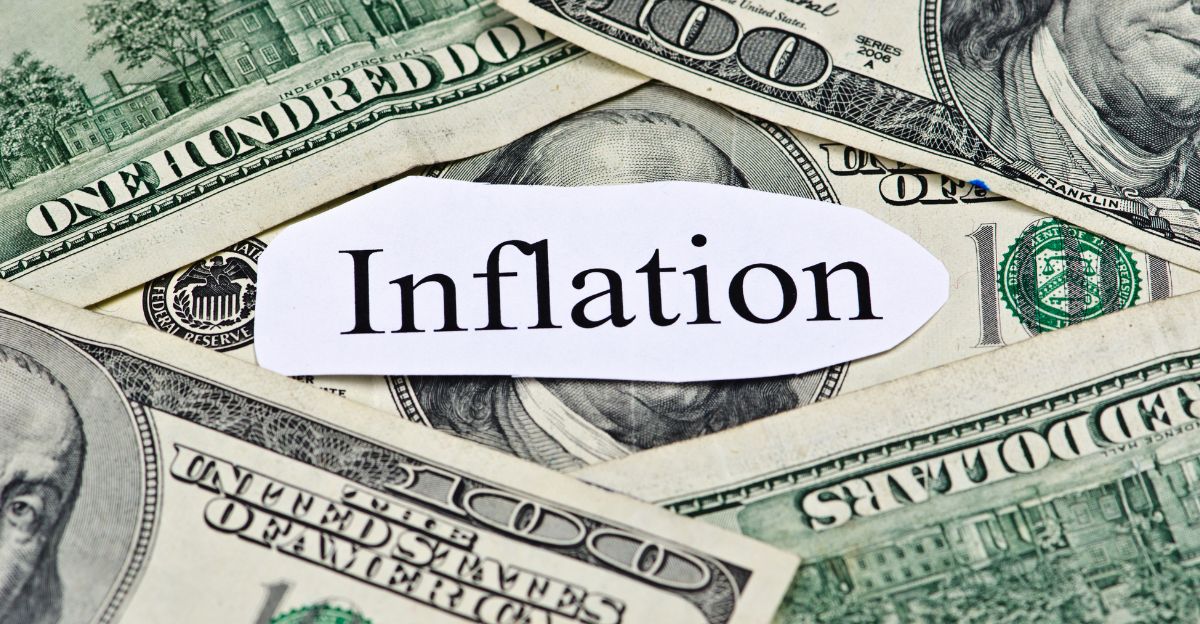
The challenges confronting the grocery industry are not isolated; they reflect broader economic realities and pressures. Soaring inflation, supply chain disruptions, and shifting consumer preferences are all contributing to the current climate.
Yet these headwinds come as retailers try to adapt not only to new technologies but also to changing shopping habits. The stakes could not be higher: Failure to adapt could result in lost customers, lower profits, or even store closings.
At the same time, successful adaptation can create new opportunities for growth and innovation, ensuring that supermarkets remain an essential part of the community.
Navigating the New Grocery Landscape

In this complex environment, shoppers can take steps to make the most of their grocery budgets. You can mitigate some of that by comparison shopping among stores, using loyalty programs, and taking advantage of online deals.
Meal planning and list making can prevent impulse purchases and help reduce stress. Store brands and other options can also yield significant savings.
By staying informed and flexible, consumers can adapt to the new realities of grocery shopping and continue to keep their food bills in check.
The Future of Grocery Shopping

The transformation of the grocery sector is far from over. As pricing, technology, and consumer expectations continue to evolve, supermarkets will need to adapt and thrive in this new environment through creativity and innovation.
The rise of online shopping, the impact of tariffs, and the restless pursuit of lower prices are driving the industry in a new direction. For consumers, this will result in more options, greater convenience, and fewer complications.
In the end, the grocery store of the future will be shaped by its adaptability– and by the loyalty of customers who are just as concerned with price as they are with experience.
Discover more trending stories and Follow us to keep inspiration flowing to your feed!

Craving more home and lifestyle inspiration? Hit Follow to keep the creativity flowing, and let us know your thoughts in the comments below!
